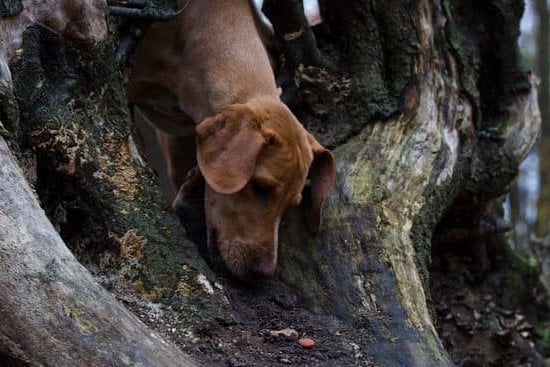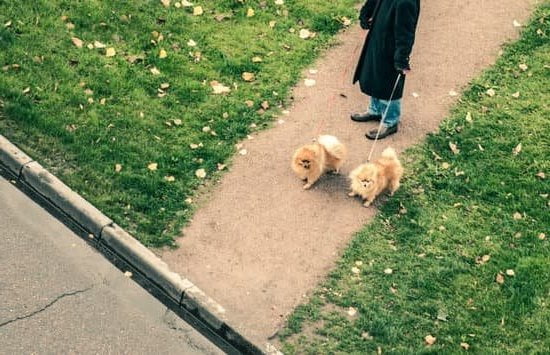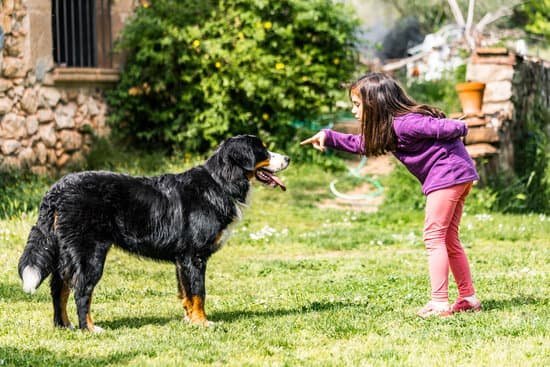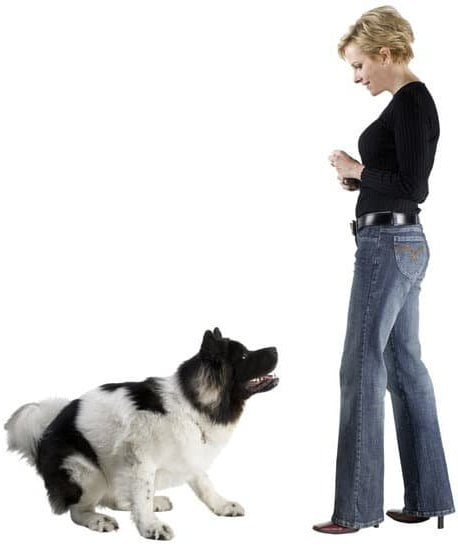When crate training an older dog, it is important to take things slowly and to make sure that the dog feels comfortable and safe in the crate. Start by putting the crate in a quiet, comfortable spot in the house and putting a few of the dog’s favorite toys in the crate. Feed the dog in the crate and praise the dog when it enters the crate. gradually increase the amount of time the dog spends in the crate, but always make sure that the dog is comfortable and has access to water and food. If the dog starts to whine or bark in the crate, it is important to ignore the behavior and not give the dog any attention. Over time, the dog will learn that the crate is a safe and comfortable place to be.
What Is Crate Training For A Dog
?
Crate training is the process of teaching your dog to willingly enter and remain in a crate. The crate can then be used as a place of confinement when you are unable to supervise your dog, as a place to put your dog when you are leaving the house, or as a way to potty train your dog.
The first step in crate training is to get your dog comfortable with the crate. You can do this by putting a soft bed or blanket in the crate and feeding your dog his meals inside the crate. Once your dog is comfortable with the crate, you can start using it as a place of confinement.
When using the crate as a place of confinement, you should always make sure that your dog has plenty of water and that the crate is in a quiet, comfortable location. You should also never use the crate as a way to punish your dog.
The final step in crate training is to use the crate as a way to potty train your dog. You can do this by putting your dog in the crate for short periods of time and taking him outside immediately after he comes out of the crate.
How To Crate Train Your Older Dog
Crate training is a great way to housebreak your dog and can also be used as a place for your dog to relax and feel safe. Older dogs can be crate trained, but you may need to take a different approach than when training a younger dog.
If your older dog has never been crate trained, start by putting a few treats in the crate and closing the door. Praise your dog when he goes into the crate and give him a treat. Leave the crate open and let your dog wander in and out as he pleases. Gradually increase the amount of time your dog spends in the crate, but always make sure he has access to water and a potty break.
If your older dog is resistant to going into the crate, put a leash on him and lead him into the crate. Once he’s in, give him a treat and close the door. Praise him when he stays in the crate and give him a treat when he comes out.
If your older dog has a habit of eliminating in the house, put him in the crate for short periods of time (15-20 minutes) after he’s had a potty break. Gradually increase the amount of time he spends in the crate.
The key to crate training an older dog is patience and positive reinforcement. Be consistent with your commands and rewards, and your dog will soon be happily crate trained!
Crate Trained Dog
It is important to train your dog to use a crate. A crate-trained dog is a happy dog. A crate can provide a safe place for your dog to sleep and a place to put your dog when you are not able to supervise him. A crate can also help with housebreaking.
The best way to train your dog to use a crate is to start when he is a puppy. Put the crate in a place where your dog likes to spend time, such as in your bedroom or in the living room. Put a soft blanket in the crate and some of your dog’s favorite toys.
When your dog is calm, put him in the crate and give him a treat. praise him when he goes in the crate. As your dog gets used to the crate, close the door for a few minutes at a time. Gradually increase the amount of time your dog spends in the crate.
If your dog starts to whine or bark, do not let him out until he is quiet. This will teach him that he can only get out of the crate when he is quiet.
If you have an older dog who has never been crate trained, you can still train him to use a crate. Start by putting the crate in a place where your dog likes to spend time. Put a soft blanket in the crate and some of your dog’s favorite toys.
When your dog is calm, put him in the crate and give him a treat. praise him when he goes in the crate. As your dog gets used to the crate, close the door for a few minutes at a time. Gradually increase the amount of time your dog spends in the crate.
If your dog starts to whine or bark, do not let him out until he is quiet. This will teach him that he can only get out of the crate when he is quiet.
How To Re Crate Train Your Dog
There are a few key things to keep in mind when crate training your dog. The first is to make sure that you are using the crate for the right reasons. The crate should not be used as a form of discipline, but rather as a place for your dog to relax and feel safe.
The second thing to keep in mind is that the crate should be large enough for your dog to stand up, turn around, and lay down in. If the crate is too small, your dog may feel cramped and uncomfortable.
The third thing to keep in mind is that you should never use the crate as a way to punish your dog. If your dog has an accident in the crate, don’t scold them. Simply clean up the mess and put your dog back in the crate.
The fourth thing to keep in mind is that you should never leave your dog in the crate for more than a few hours at a time. If your dog is crated for too long, they may become anxious or restless.
The fifth thing to keep in mind is that you should gradually increase the amount of time your dog spends in the crate. Start by putting them in the crate for a few minutes at a time and gradually increase the amount of time they spend in the crate.
If you follow these guidelines, you will be able to successfully crate train your dog.

Welcome to the blog! I am a professional dog trainer and have been working with dogs for many years. In this blog, I will be discussing various topics related to dog training, including tips, tricks, and advice. I hope you find this information helpful and informative. Thanks for reading!





